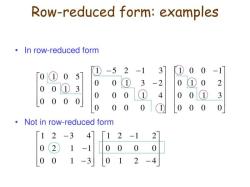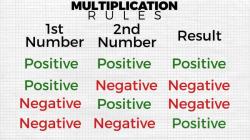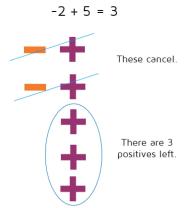What is the equation for finding the zeros of a linear function?
Discovering the zeros of linear functions is a fundamental concept in algebra. This guide explains the essential equation to find the zeros of linear functions and its significance in solving real-world problems.
Introduction to Zeros of Linear Functions
The zeros of a linear function, also known as roots or x-intercepts, are the points on the graph where the function crosses the x-axis. These points are crucial in understanding the behavior and solutions of linear equations.
The Essential Equation for Finding Zeros
The essential equation for finding the zeros of a linear function is:
y = mx + b
In this equation:
- y represents the output or dependent variable.
- x is the input or independent variable.
- m is the slope of the linear function.
- b is the y-intercept, where the line crosses the y-axis.
Finding Zeros Using the Essential Equation
To find the zeros of a linear function, set y to zero and solve for x:
0 = mx + b
x = -b/m
The resulting value of x represents the point where the linear function intersects the x-axis, i.e., the zero or root.
Real-World Application
Finding the zeros of linear functions has practical applications in various fields:
Example: Economics
In economics, the zero points of cost or revenue functions provide insights into the break-even point for a business.
Example: Engineering
In engineering, the zeros of motion equations help determine when an object comes to a stop or changes direction.
Example: Finance
In finance, zeros of interest and investment functions aid in calculating the time it takes for an investment to double.
Conclusion
The essential equation for finding zeros of linear functions is a valuable tool for understanding the behavior of linear equations and their real-world implications. By applying this equation, you can identify the points at which the function crosses the x-axis, contributing to problem-solving across various disciplines.













